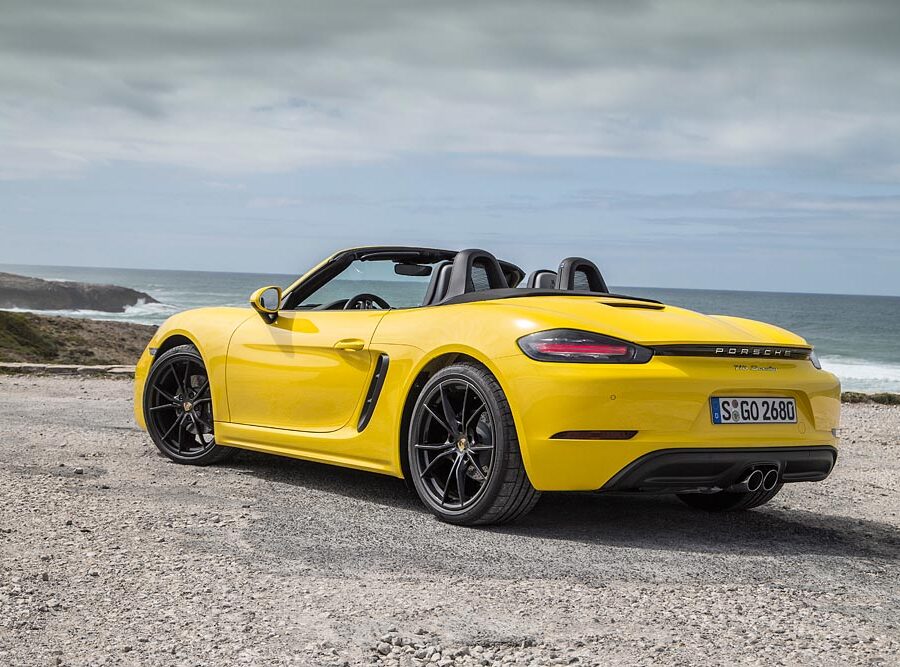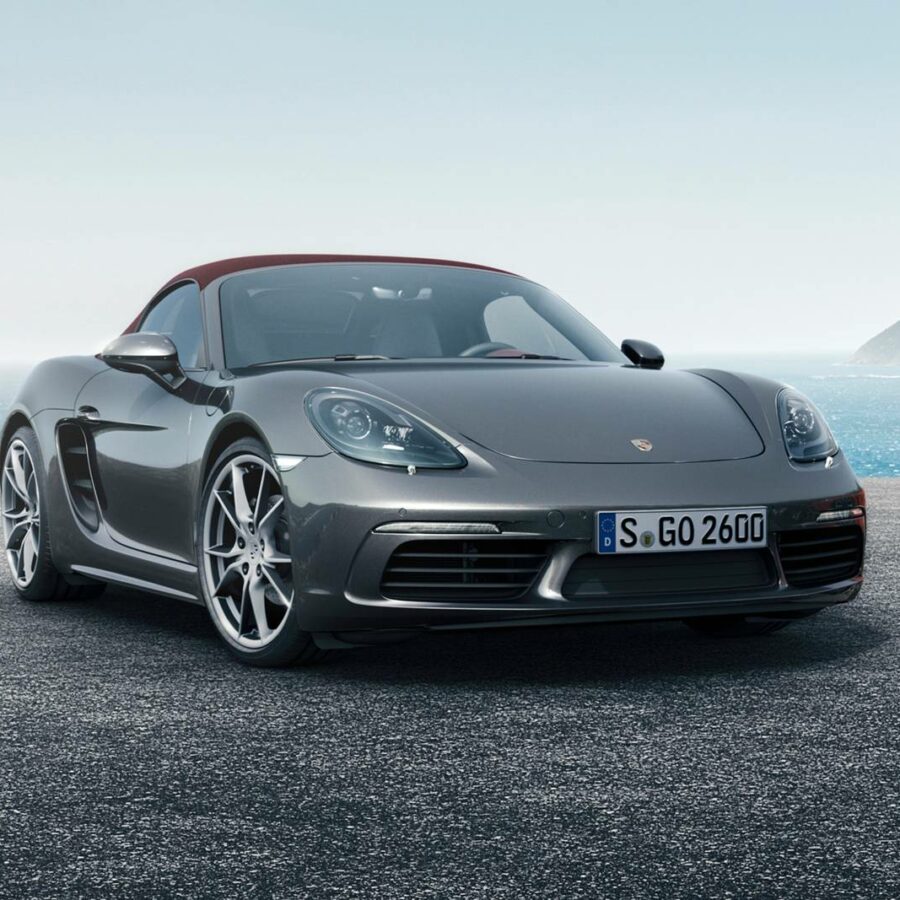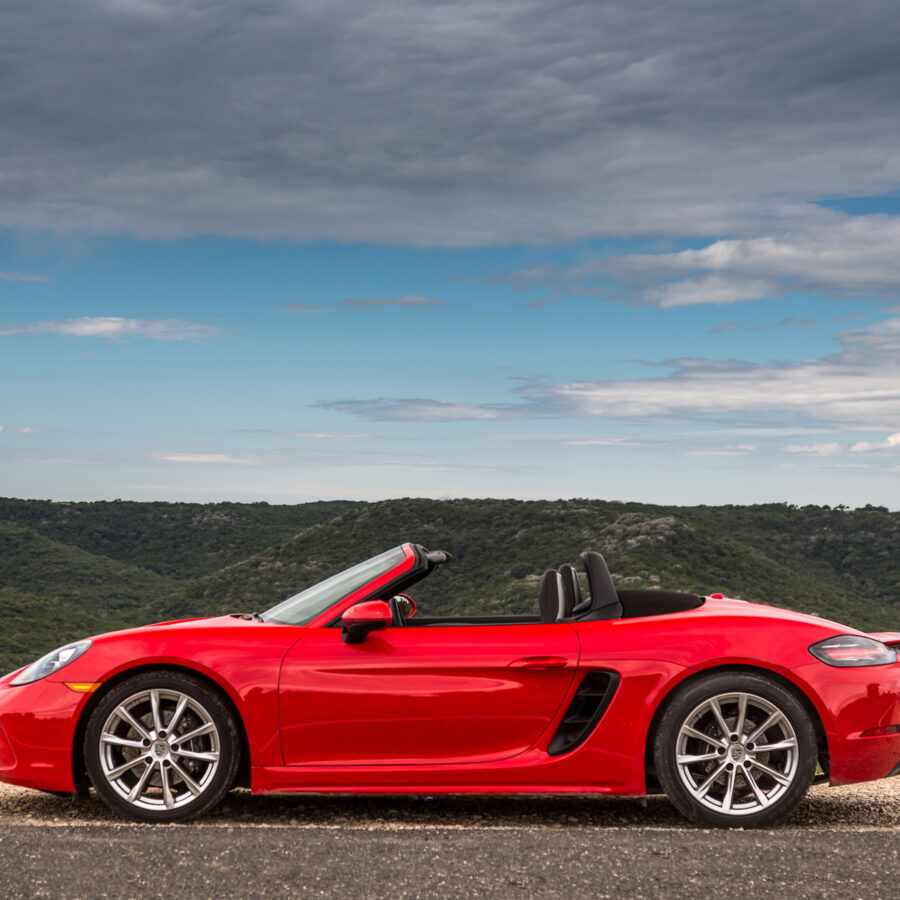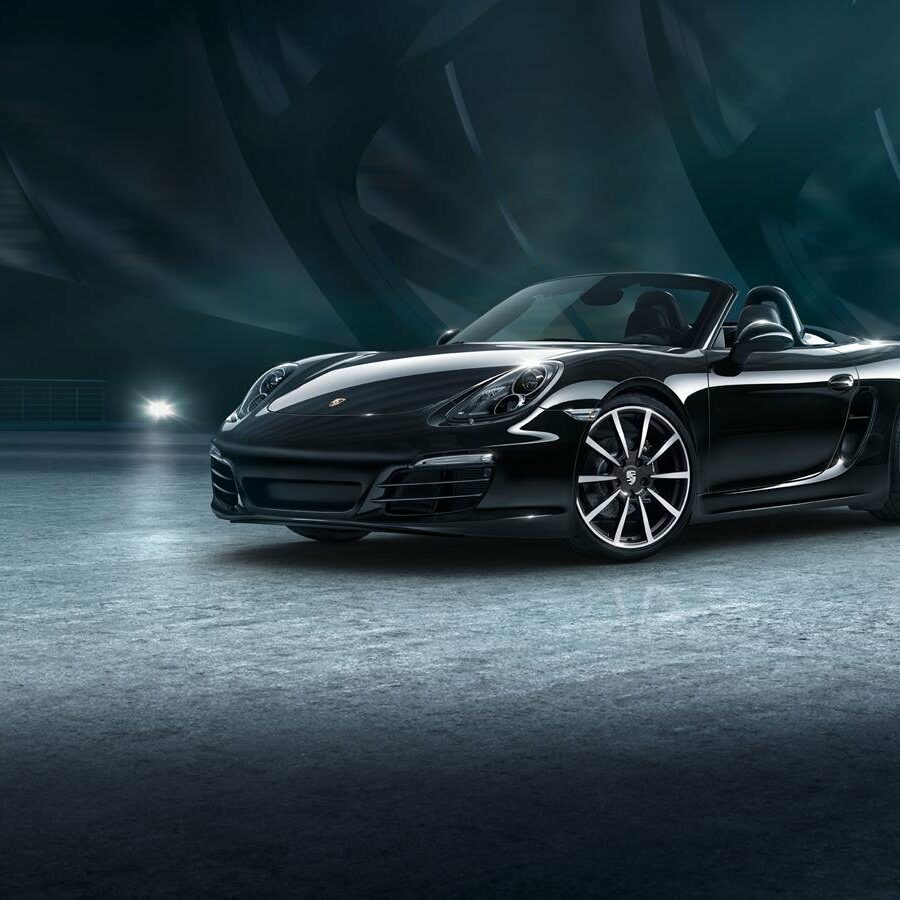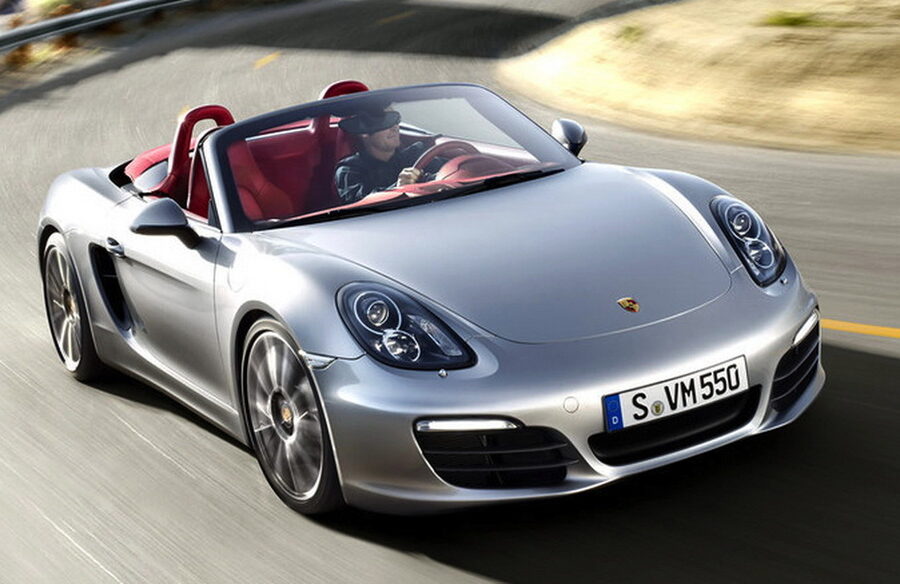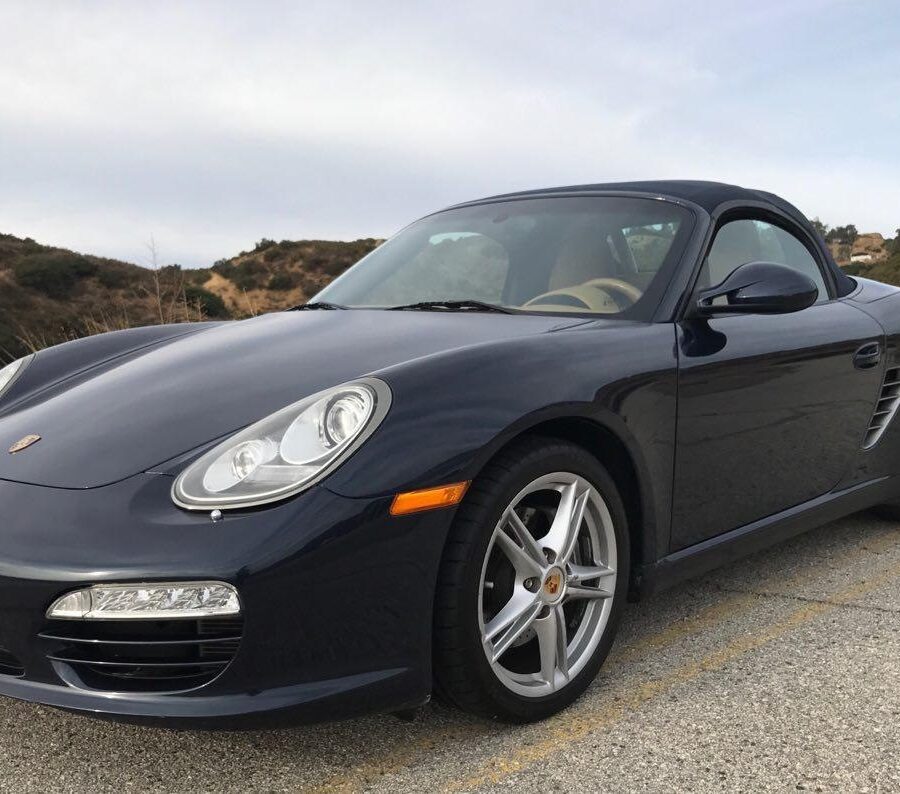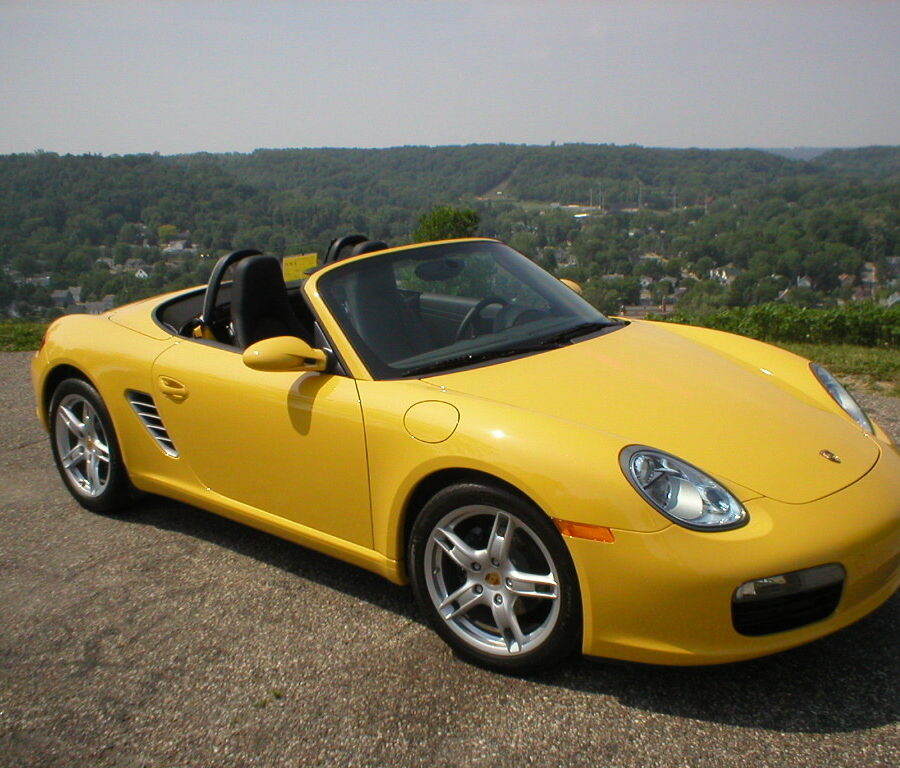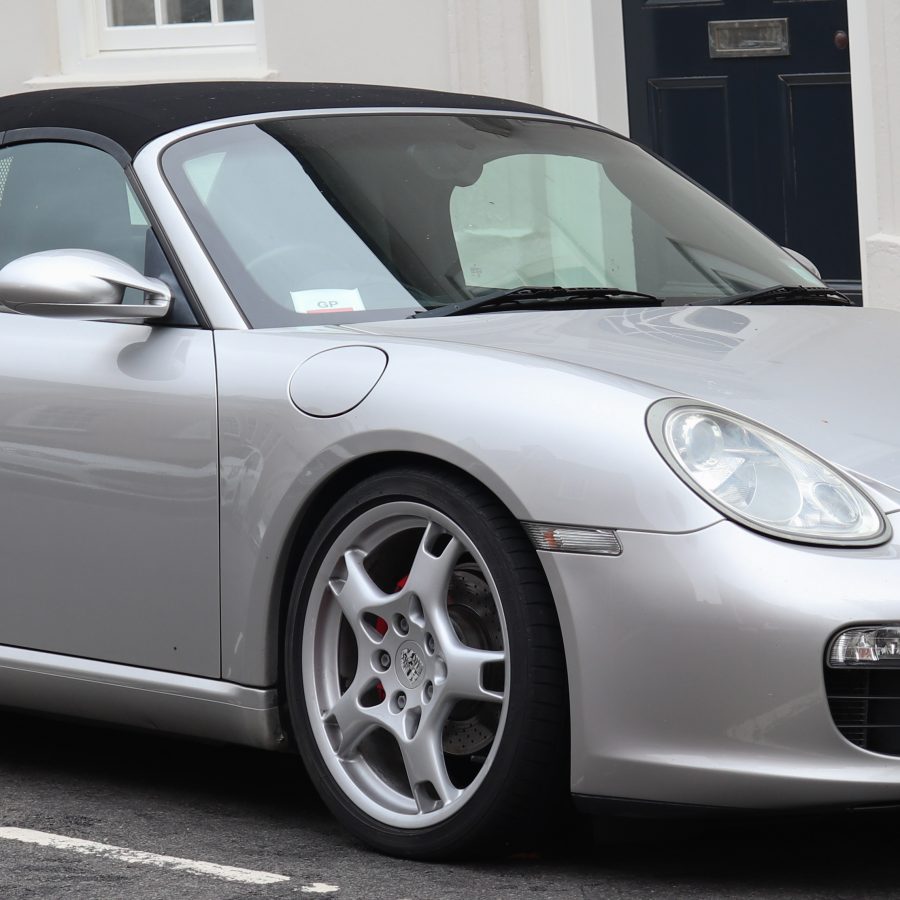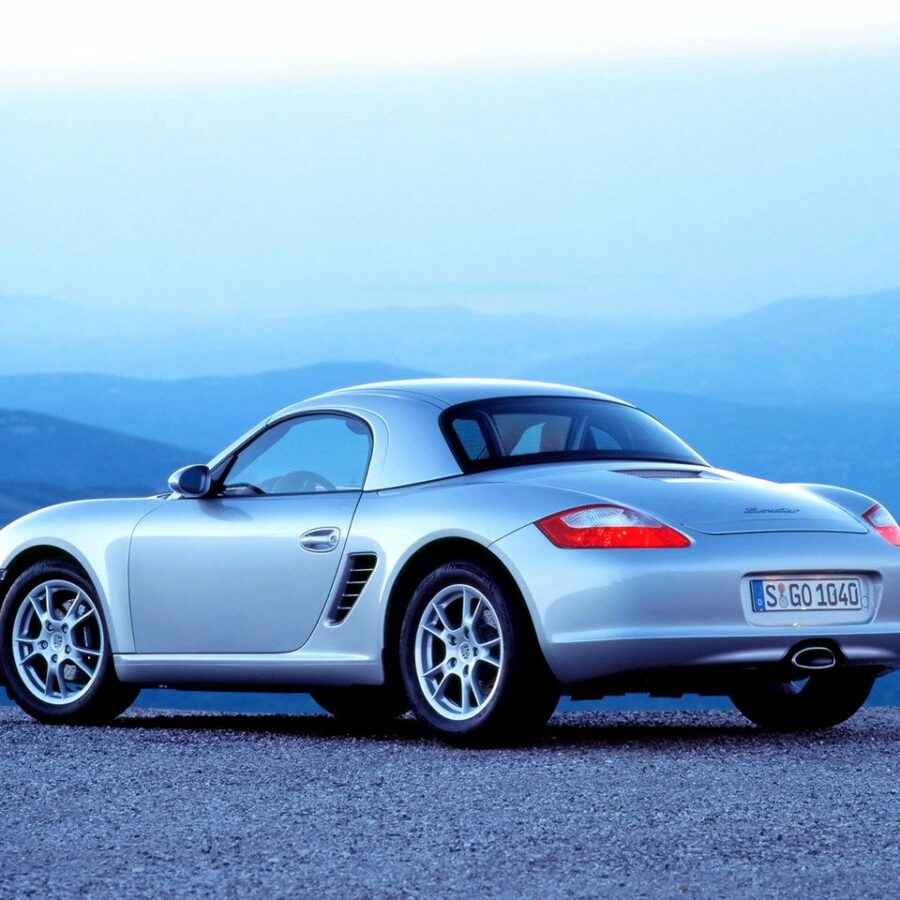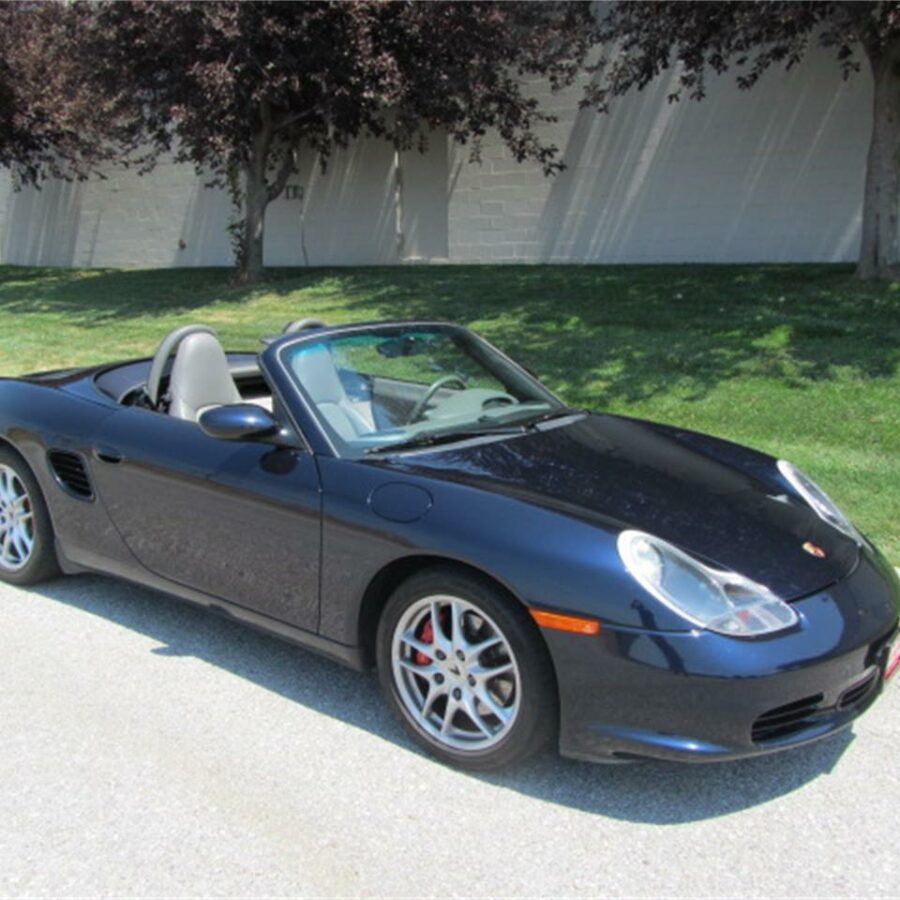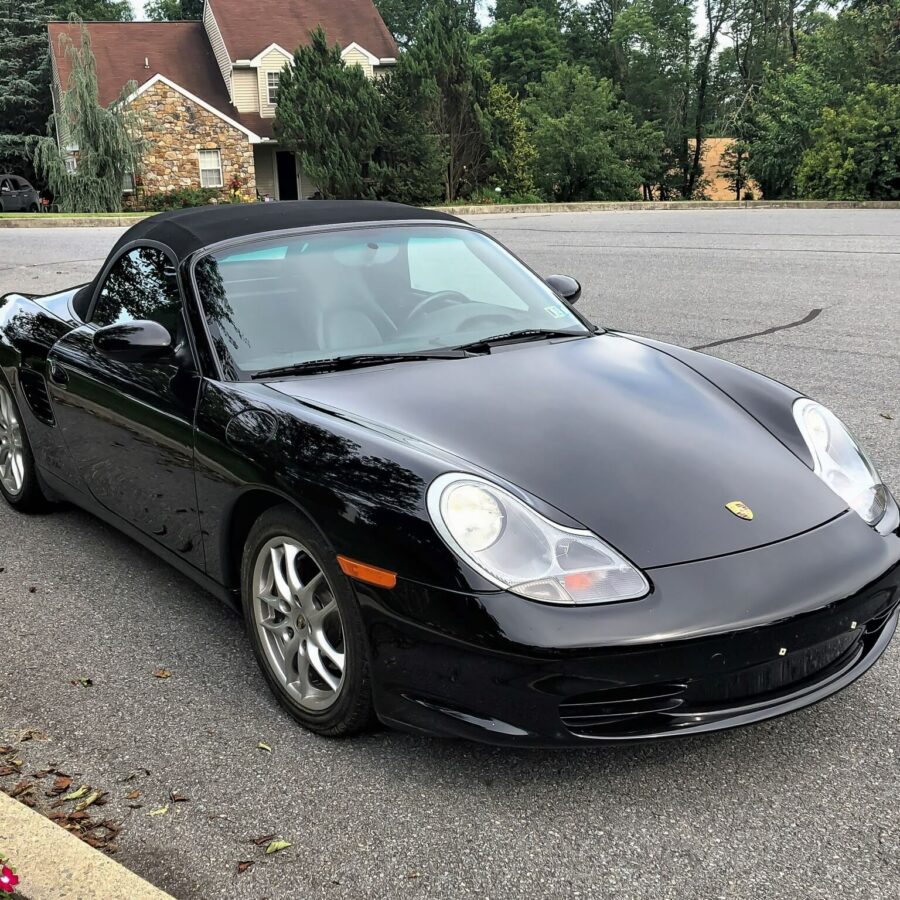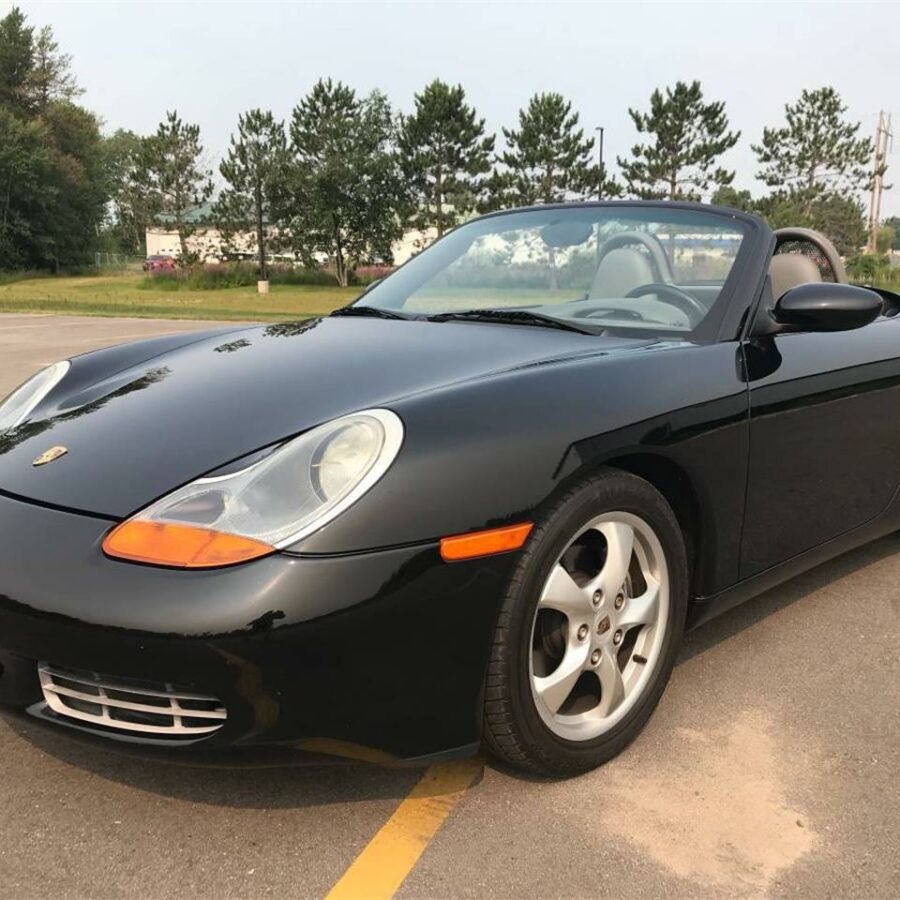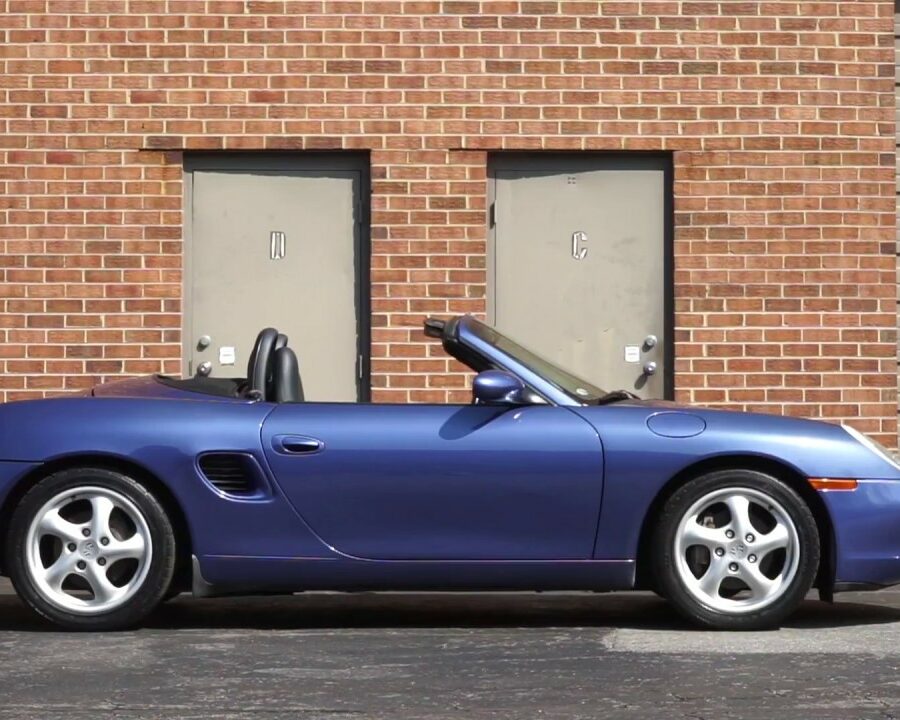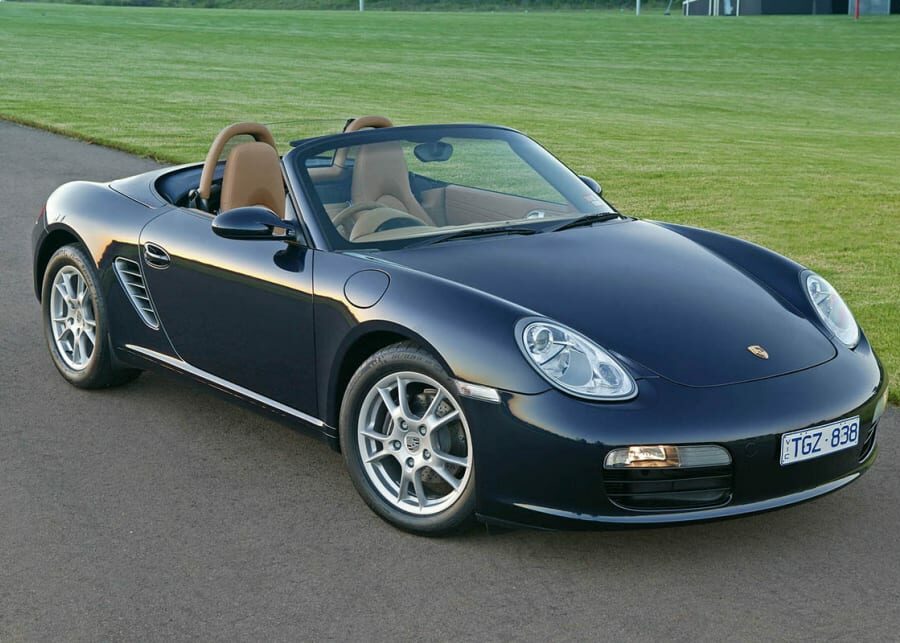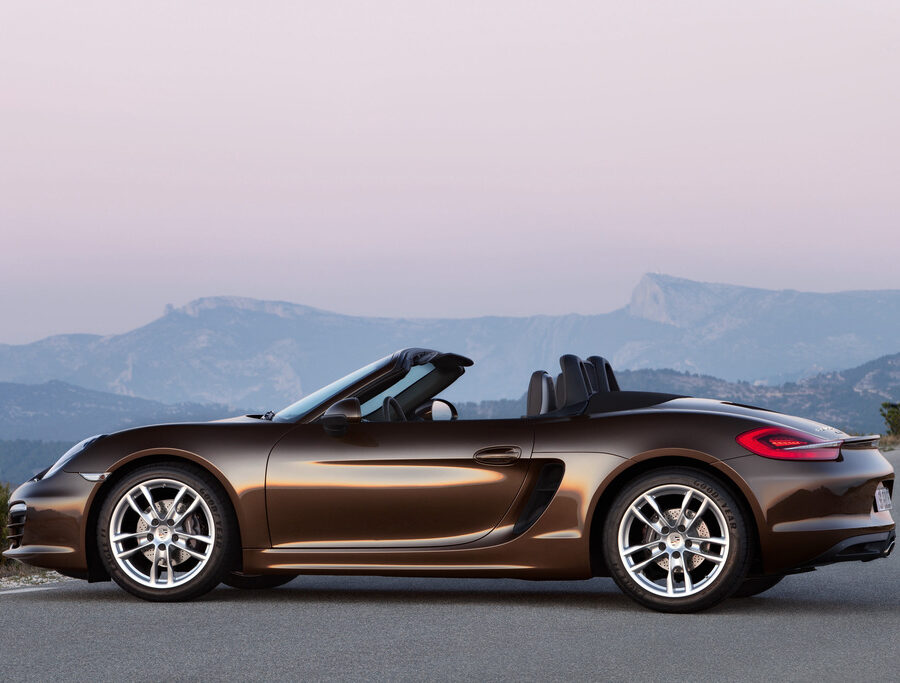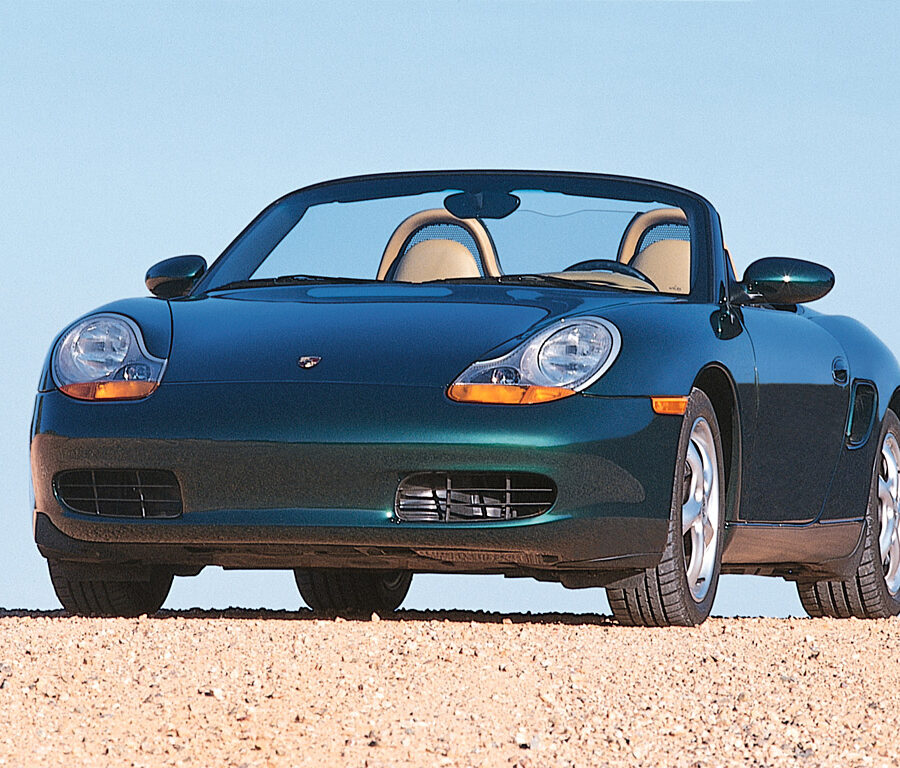Porsche Boxster Black Edition (2016)
The Boxster Black Edition is an attractive design exercise with nice options thrown in.
Porsche Boxster S (2009 – 2012)
The 2008 facelifted Boxster S gets a new direct-injection 3.4-liter Boxer engine
Porsche Boxster (2009 – 2012)
For 2009 MY, the second generation of the Boxster received new technologies and more power.
Porsche Boxster (2003 – 2004)
A mild facelift for the first generation Porsche Boxster
Porsche Boxster (2000 – 2002)
The 2.7 L Flat 6 Replaces the 2.5 L Flat 6 To Keep The Boxster Competitive
Porsche Boxster (2007 – 2008)
The 2.7 in both the Boxster received VarioCam Plus
Porsche 718 Boxster (2017 – Present)
Sleeker, faster and now with a turbocharged four cylinder engine
Porsche Boxster (1997 – 1999)
The Original Boxster
Porsche Boxster (2005 – 2006)
The second-generation Boxster (987) came to the US market as a 2005 model





